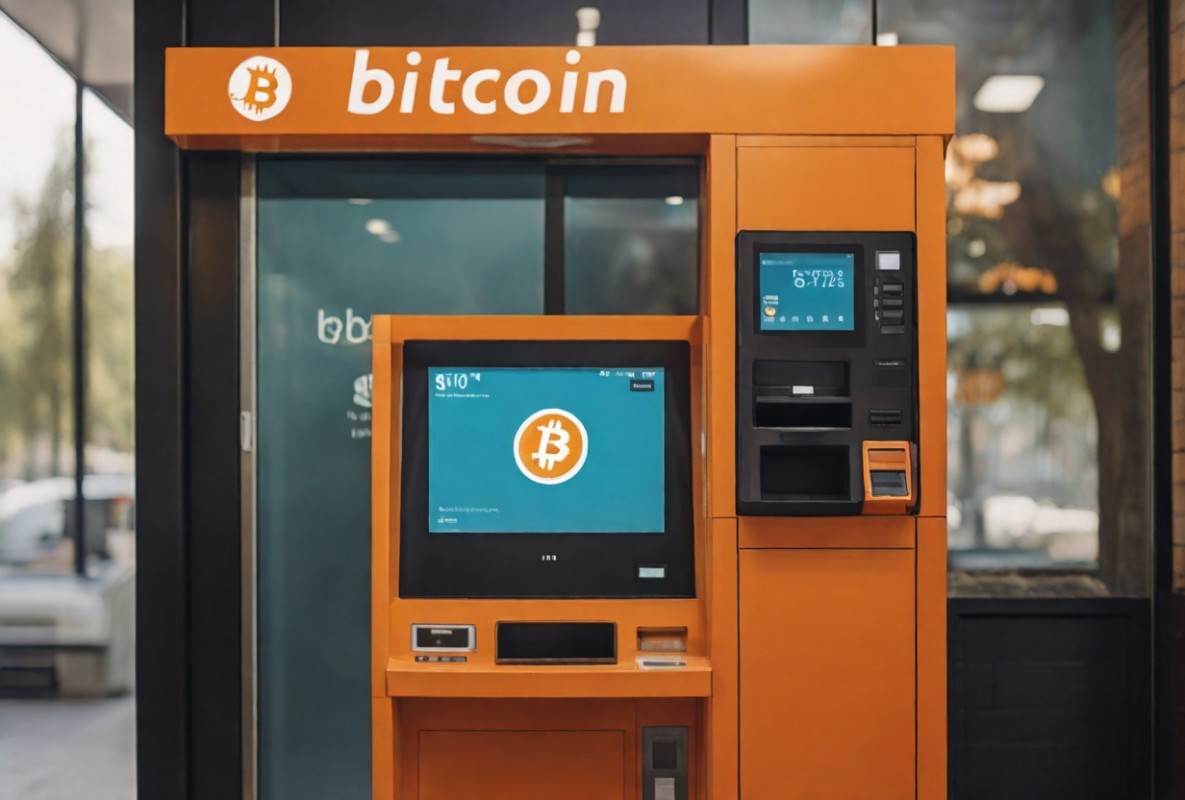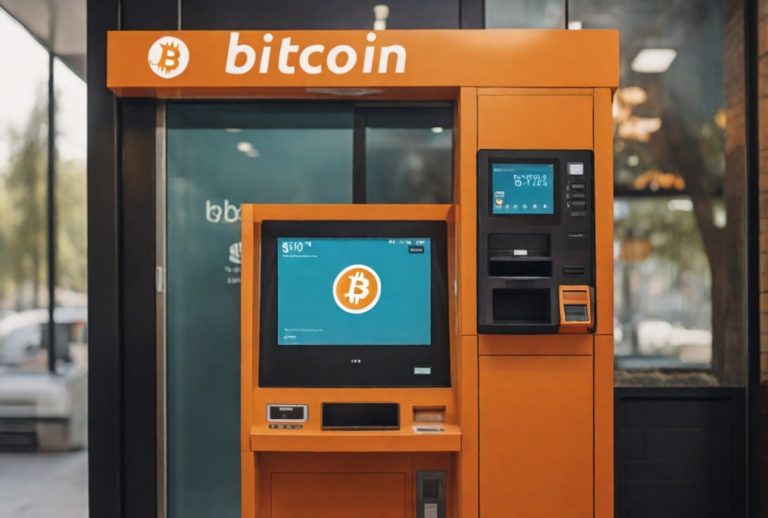
In the ever-evolving Bitcoin landscape, it can be difficult to keep up with the changes. As we enter the new year, it is important to keep in mind that significant shifts and expansions are likely to occur in the industry.
The increase in regulatory action seen over the past year is expected to continue into 2024 and is emerging as an industry trend poised to instigate fundamental changes.
One part of the industry that will definitely be affected by these changes are Bitcoin ATMs. As the regulatory environment tightens, new state-specific licenses for Bitcoin ATMs are emerging — such as California's bill AB39, which was recently signed into law. The year 2024 promises to provide challenges and clarity for both the Bitcoin and Bitcoin ATM industries, and Money Transfer Licenses (MTLs) play a pivotal role in this conversation.
The increasing importance of MTLs
Traditionally, MTLs are associated with certain cryptocurrency exchanges and traditional financial institutions. MTLs are issued by state authorities, allowing companies to participate in money transfer.
Many companies are expected to obtain this type of license, and Bitcoin ATM operators often fall under this type of regulation.
For example, in New York, BitLicense has historically been the predominant state-specific cryptocurrency license in the United States. However, with California's new AB39 bill signed into law, a new set of regulations designed specifically for the cryptocurrency industry will be introduced. This will require MTL digital asset licenses in California and enforce anti-money laundering (AML), cybersecurity, and risk management policies. It provides further oversight of compliance processes in place in California's digital asset industry.
This type of regulation represents a major shift, indicating that more and more countries may follow suit by creating their own regulatory frameworks. As a result, we may see a more regulated and compliant crypto industry, followed by Bitcoin ATMs.
Challenges facing small businesses related to Bitcoin
The obvious goal of increased regulation is to provide legal clarity, but it also poses difficult challenges for small Bitcoin-related businesses, such as small Bitcoin ATM (BTM) operators. In the Bitcoin ATM market, there is a wide disparity between the approximately 200 BTM operators, with the largest operator, Bitcoin Depot, operating around 6,100 BTM in the US and many smaller operators operating with just a few BTM. For operators that manage only one BTM or a small number of BTMs, obtaining an MTL is not trivial and is more difficult than it is for larger operators with more financial resources and staff. It involves paying an application fee, complying with a minimum net worth and meeting other stringent requirements, which include having a head of compliance and support staff, an anti-money laundering compliance program, transaction monitoring systems, audited financial statements, and conducting regular independent audits to determine the status of a company's ability to Obtain approval for a license. Once a license is received, a company is also subject to reporting requirements, annual license renewal, and inspections conducted randomly by state regulators every few years.
For small businesses with limited financial resources and few employees, these types of requirements can be daunting. In response to these types of challenges, small operators may face a difficult decision: either sell their companies or partner with larger operators.
Larger operators can offer partnership programs to small businesses, which allow them to retain ownership of their equipment while outsourcing operational responsibilities. This model allows small operators to continue in the Bitcoin industry while simultaneously navigating the regulatory landscape.
Focus on fraud prevention and consumer protection
As the cryptocurrency industry shifts toward greater regulatory compliance, it is also looking to increase fraud prevention measures. These efforts include improving consumer protection protocols, mitigating risks, and enhancing transparency. There is a concerted effort to provide as much security as possible for Bitcoin ATMs and other cryptocurrency-related financial services.
Like other traditional financial platforms, many Bitcoin ATM operators have taken proactive steps to integrate fraud warnings into their interfaces. These warning messages act as an alert system so that users are notified of potential risks associated with transactions. However, current trends suggest that an evolution toward more standardized warnings and disclosures may be on its way to Bitcoin ATMs.
Interestingly, statistics in Chainana Analysis’ 2023 Cryptocurrency Crime Report present a contradictory picture by stating that less than 1% of all fraudulent transactions occur at Bitcoin ATMs. Despite these low percentages, regulators and policymakers remain vigilant. They realize that there are potential risks lurking in the world of cryptocurrencies, which is why they feel they must do their due diligence.
In addition, this heightened scrutiny is expected to lead to the implementation of further regulatory measures. Countries are gearing up to clamp down on non-Bitcoin compatible ATM operators with the primary aim of curbing the operations of nefarious entities while also preventing fraudulent activities.
Ultimately, this shift toward strengthening fraud prevention measures strengthens consumer protection in the world of cryptocurrencies. This signals a pivotal moment in the industry's growth. As regulatory initiatives continue to gather momentum, they are poised to shape a more flexible and secure landscape for both newcomers and seasoned cryptocurrency enthusiasts.
The way forward is through cooperation and compliance
With a constantly evolving regulatory landscape comes collaboration between industry players. As a result, compliance with the new requirements will be crucial. Larger Bitcoin ATM operators are positioned to play a pivotal role in supporting smaller operations through partnership programs, which will help ensure a more compliant and robust Bitcoin ATM ecosystem.
Furthermore, the industry's proactive approach to fraud prevention, with standardized warnings and disclosures, reflects a commitment to consumer protection. While regulatory changes may bring initial challenges, they are ultimately poised to foster a safer and more transparent environment for cryptocurrency transactions.
Navigating the regulatory landscape in 2024
It goes without saying that 2024 is expected to be a transformative period for the cryptocurrency industry, especially for Bitcoin ATM operators. With the advent of state-specific licensing, the regulatory landscape has become more defined.
As the cryptocurrency ecosystem continues to evolve, navigating these regulatory waters will be essential for all companies to thrive and contribute to broader mainstream adoption of cryptocurrencies.
This is a guest post by Brandon Mintz. The opinions expressed are entirely their own and do not necessarily reflect the opinions of BTC Inc or Bitcoin Magazine.

